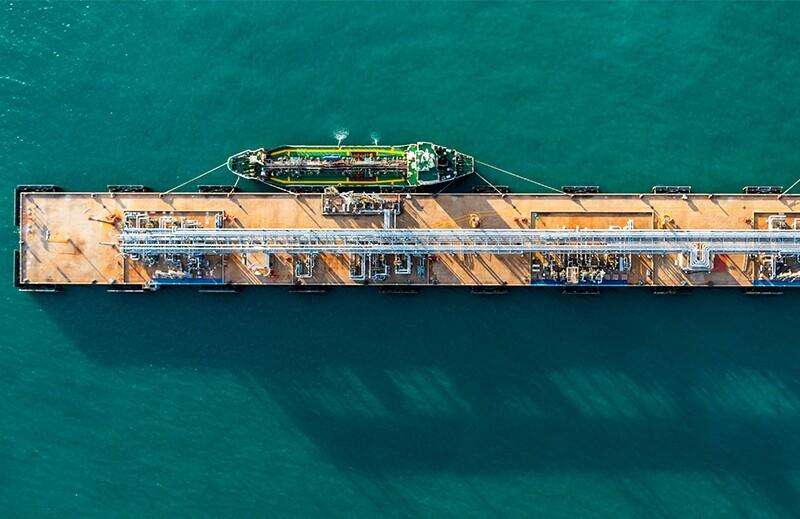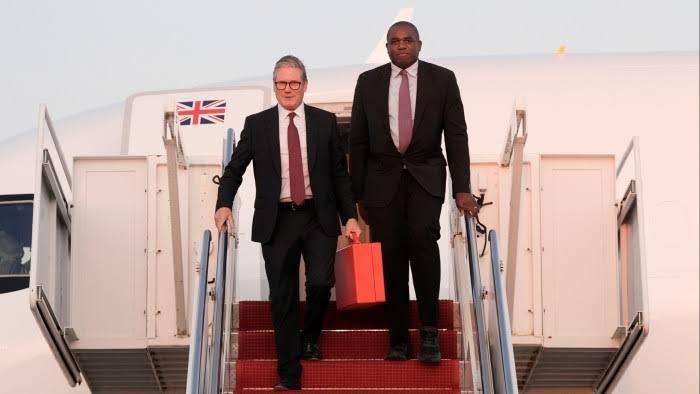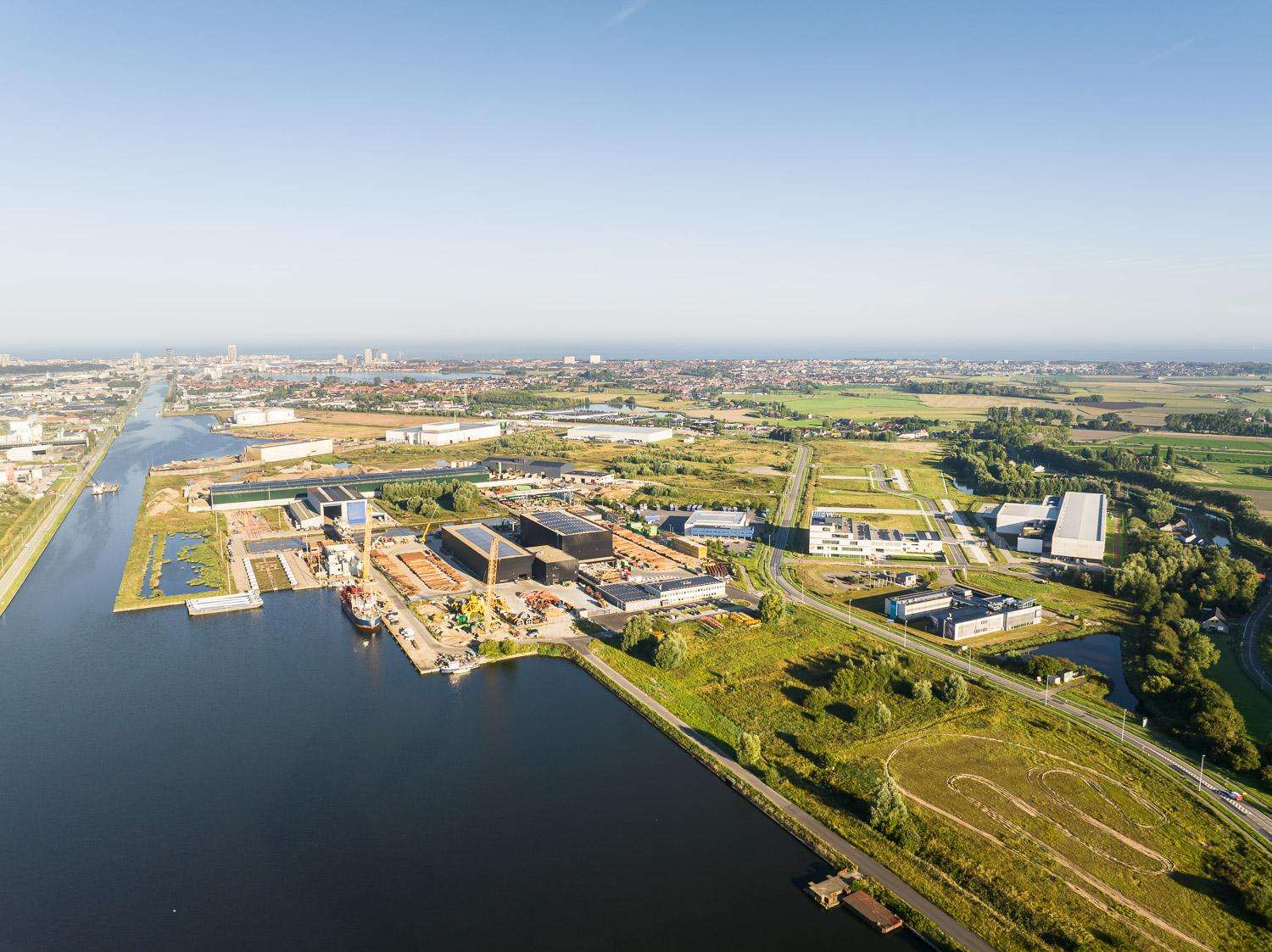Chairman of state-run Oil India (OIL), Ranjit Rath, stated on Saturday that there are no obstacles for the business when it comes to making payments or exporting diesel to Bangladesh, which is engulfed in a crisis.
Diesel is exported to Bangladesh by OIL's subsidiary, the Assamese-based Numaligarh Refinery (NRL), where an interim administration has taken office following Prime Minister Sheikh Hasina's resignation and flight from the nation last month due to widespread demonstrations.
Rath stated that there is no "payment problem" with the shipment of diesel to Bangladesh and that the letter of credit (LC) system is in place during a press conference held following the company's annual general meeting. Furthermore, the turmoil in Bangladesh has not affected the Numaligarh Refinery's expansion plans.
“I am very happy to report that there is no disruption at all. There is no disruption of movement...The India-Bangladesh Friendship Pipeline, laid from Siliguri to Parbatipur in Bangladesh, is functioning smoothly. Absolutely no disruption. We are pushing diesel utilising that particular pipeline,” he assured.
Rath noted that NRL’s expansion plans are on track and are set to be commissioned by December 2025. NRL is increasing capacity at its refinery from 6 million tonnes per annum (MTPA) to 9 MTPA.
The refinery is also setting up a crude oil import terminal at Paradip (Odisha) and will lay a 1,640 km pipeline to transport crude oil to its home base in the Golaghat district of Assam.
Apart from the refinery expansion, NRL is also setting up a crude oil import terminal at Paradip on the Odisha coast and laying a 1,640 km pipeline to transport imported crude oil to its home base, Numaligarh, in the Golaghat district.
According to Rath, as part of its new drilling program, the Maharatna business intends to drill more than 75 wells in FY25. In FY22, FY23, and FY24, the exploration and production (E&P) company drilled 38, 45, and 61 wells, respectively.
"It represents a 35 percent annual growth from 45 to 61 wells," he continued.








.svg)



